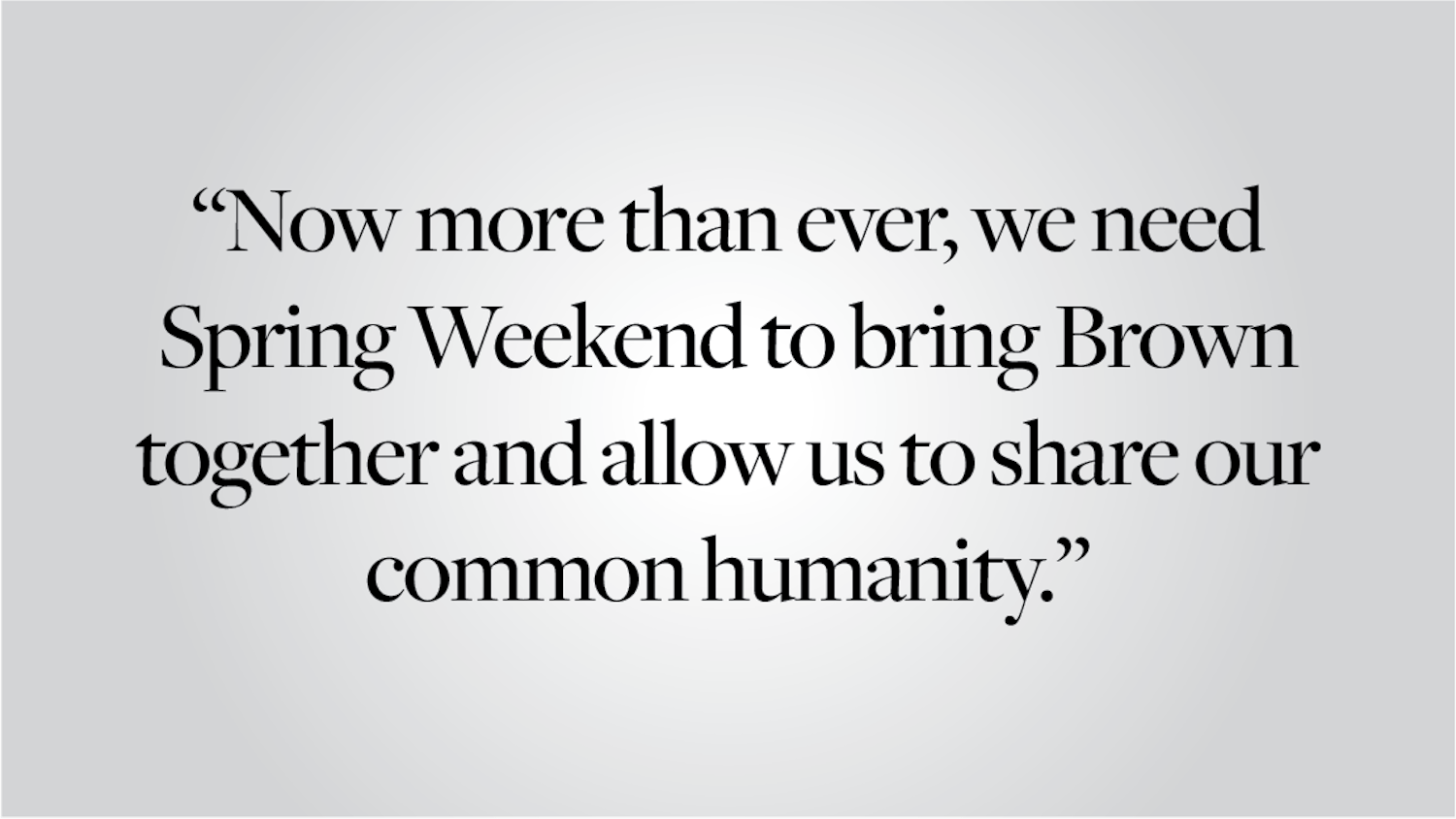Near my childhood home, there was a particular sculpture that I loved: It was a big, round, abstract sculpture carved out of black granite, depicting a seated mother raising her baby into the air. I remember blissfully running my hands over its smooth surface and feeling the gentle heat absorbed from the sun, as if the mother and child had come alive within the hard granite. I read no plaques, learned no author nor date, and until this day, I still don’t know the title of the piece — but I know it welcomed me and made me happy.
As a means of education, public art conveys these subtle messages through texture, general atmosphere and how they interweave into everyday life. As children grow up, these initial impressions pave the way to understanding the historical significance behind these pieces of art. Hence, it is important that we talk about what messages are conveyed to our children as they walk by these sculptures that merge into the landscape of their homes.
In recent years, Western countries have grappled with the future of statues that honor those who actively participated in or fought for the continuation of the slave trade. In the United States, the debate centers around statues of Confederates like Robert E. Lee and Jefferson Davis. Some suggest leaving these statues in place, arguing that changing or removing them would be equivalent to destroying historical monuments and history itself. Others propose removing and storing them in a sculpture graveyard that collects old Confederate monuments, with one artist even proposing to literally bury the sculptures underground and erect tombstones over them. In the midst of this debate, individuals and organizations have already begun to commission the removal of these statues, many of which are popular landmarks like the Roosevelt statue in front of New York’s American Museum of Natural History.
But despite good intentions, efforts to relocate statues that may be considered problematic can be ultimately shallow and generalized. The work of reshaping the messages told by these statues should capitalize on the strengths inherent in the medium: the impact a statue has on the observer standing at its feet, the opportunity for physical engagement presented by its size and presence and how a statue itself can serve as a component of entirely new pieces of art. Only by embracing these elements and inviting viewers to critically engage with these statues and their context with a new perspective can we properly reckon with their position in modern art and discourse.
To productively engage with these statues, local governments must put in more consideration and effort than through simple relocation. Some propose to move these statues to museums and attach museum labels next to them, but the end product would hardly encourage a personal relationship between the viewer and the exhibit. Instead, cities need to address these statues in more meaningful ways, either through creative museum installations that interact with the viewers, or even by allowing artists to work with these statues without damaging them. Both options are means to the same end: To make each viewer feel personally engaged with the art piece.
There are two reasons why relocation cannot fully engage the viewers. First, picture the hushed atmosphere, bright lights and pristine glass of a museum exhibit, coupled with a statue of a Confederate general, perhaps on horseback or standing with his feet planted steadily on the ground, casting the same empty, heroic look at a crowd of visitors. The statue remains tall, authoritative and threatening, and by turning it into a relic of the past, as would happen if it were relocated to a museum, it seems to take on the quality of an ancient, priceless artifact.
Second, only a fraction of the population will read the long, carefully worded labels. In a 2017 study by Smith et al, only around half of the participants chose to read the label alongside the artwork. For many museum goers, the label will just be one of many that are too bothersome to read. For them, the statue remains just as aloof and honored as when it was standing on a high pedestal in its original position. They see these statues the same way I saw my favorite childhood sculpture — a general impression without a title, theme or label, rather than artworks conversant with history and public debate.
If these statues are to be collected and exhibited in one place, it should be done creatively and interactively. One example is the Memento Park in Hungary, which collects and reframes the statues that were erected during Hungary’s communist period. These statues include a replica of Stalin’s Grandstand, which used to stand on Parade Square in central Budapest. During the revolution, protestors sawed off the body of the statue, leaving only Stalin’s boots on the pedestal. The two lonely boots convey a powerful message by playing on the absent yet looming presence of authority. What I found most inspiring, however, is how Memento Park invites visitors to ascend the Grandstand and admire the scenery that Stalin once enjoyed himself. By actively engaging with the sculpture, visitors gain a concrete experience instead of staring at the statue behind immaculate museum glass.
The other possibility is to grant artists the freedom to work directly with these statues. They should be allowed to document, cast and interact with these statues however they prefer, albeit without damaging them. The restriction of not damaging the statues preserves historical artifacts and respects those to whom these statues hold a personal significance, such as direct descendants. In fact, in recent years, artists have already begun to riff on themes challenged by contemporary discourse. Portrait artist Kehinde Wiley created the statue “Rumors of War,” which places a young, contemporary Black man on horseback in the style of a classic Confederate statue. Dustin Klein, a lighting artist, chose to directly project Black Lives Matter messages onto a Confederate statue in Richmond. “Disgraced Monuments,” by Laura Mulvey and Mark Lewis, used film to document the process of dismantling communist statues and probes at the cyclical nature of revolutions.
In all of these works, the artists invite the viewers to look at the statues from a new perspective, either by adding subversive elements, or putting them in the context of history. In this process, they transform these statues from fixed narratives into open questions that creatively engage with the elements of their history challenged by modern debate. Unlike the innovative art mentioned above, a statue is expected to be interpreted in the same way by every viewer: As a statement of greatness made with an arrogant belief in immortality. The statues need not go; the question of how to deal with them shouldn’t be answered with the most obvious solution. Rather than hiding history, its artifacts should serve to encourage public discussion and foster a humanistic approach towards reevaluating history.
Like our public spaces, the interpretation of public art should also be open and varied. So bring in the artists, and let them communicate with the public.
Joyce Gao ’24 can be reached at xing_gao@brown.edu. Please send responses to this opinion to letters@browndailyherald.com and op-eds to opinions@browndailyherald.com.

ADVERTISEMENT




